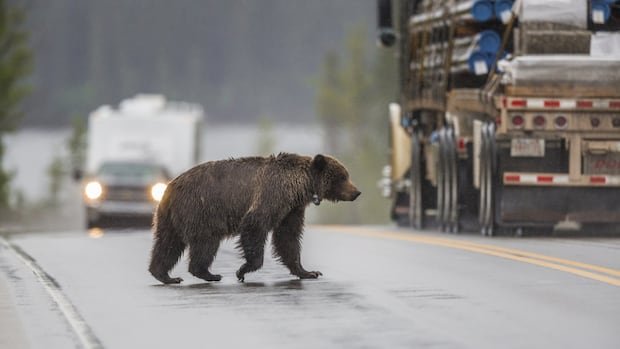A recent study revealed that grizzly bears in the Canadian Rockies have adjusted their movements over time due to human development, such as coal mines, highways, reservoirs, and towns. The research, based on 20 years of GPS collar data from over 100 grizzly bears and published in Conservation Science and Practice, highlighted the significant impact of human activities on bear movement in an 85,000 square kilometer area spanning southern British Columbia and Alberta.
Lead author Eric Palm, a postdoctoral researcher at the University of Montana, noted a concerning decline in connectivity for grizzly bears in the southern Canadian Rocky Mountains. He warned that any new human infrastructure like coal mines, towns, or roads could further restrict bear movement and access to food, potentially leading to population-level consequences.
The recent lifting of a coal mining moratorium in the eastern slopes of the Rocky Mountains by the province of Alberta raises additional concerns about the future of bear habitats. Palm emphasized the threat posed by proposed coal mine expansions and new projects in the region, which could expand human infrastructure and hinder bear connectivity between habitat patches.
The study projected that continued development would fragment bear habitats, limiting their movement further. Grizzly bears tend to avoid venturing into prairies, preferring mountainous regions where human development, particularly in valley bottoms, encroaches on their natural habitat and food sources.
Tal Avgar, a wildlife ecologist at the University of British Columbia, stressed the importance of bears avoiding human presence to ensure their survival. Human-related mortalities remain a significant threat to grizzly bear populations, with a high number of deaths attributed to human activities, including train collisions and other encounters.
The study highlighted the potential genetic isolation of bear populations due to habitat fragmentation caused by new infrastructure. While efforts are being made to enhance habitat connectivity, such as wildlife crossings over or under roads, the effectiveness of these solutions varies. Conservationists are working to balance development with wildlife preservation, aiming to maintain landscape-scale connectivity for bear populations.


